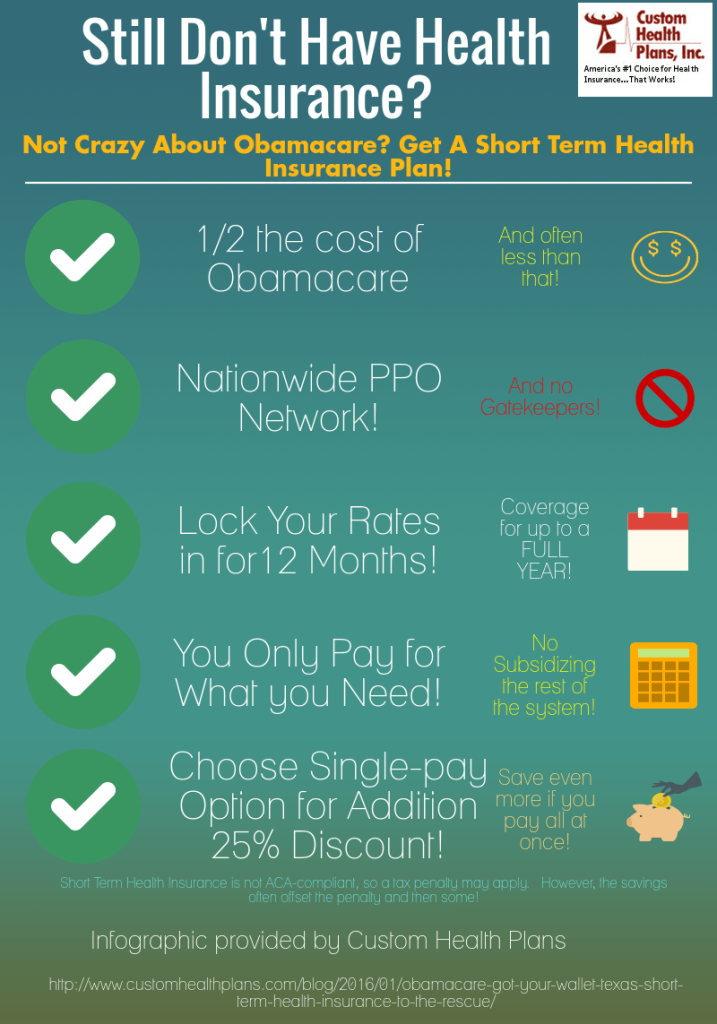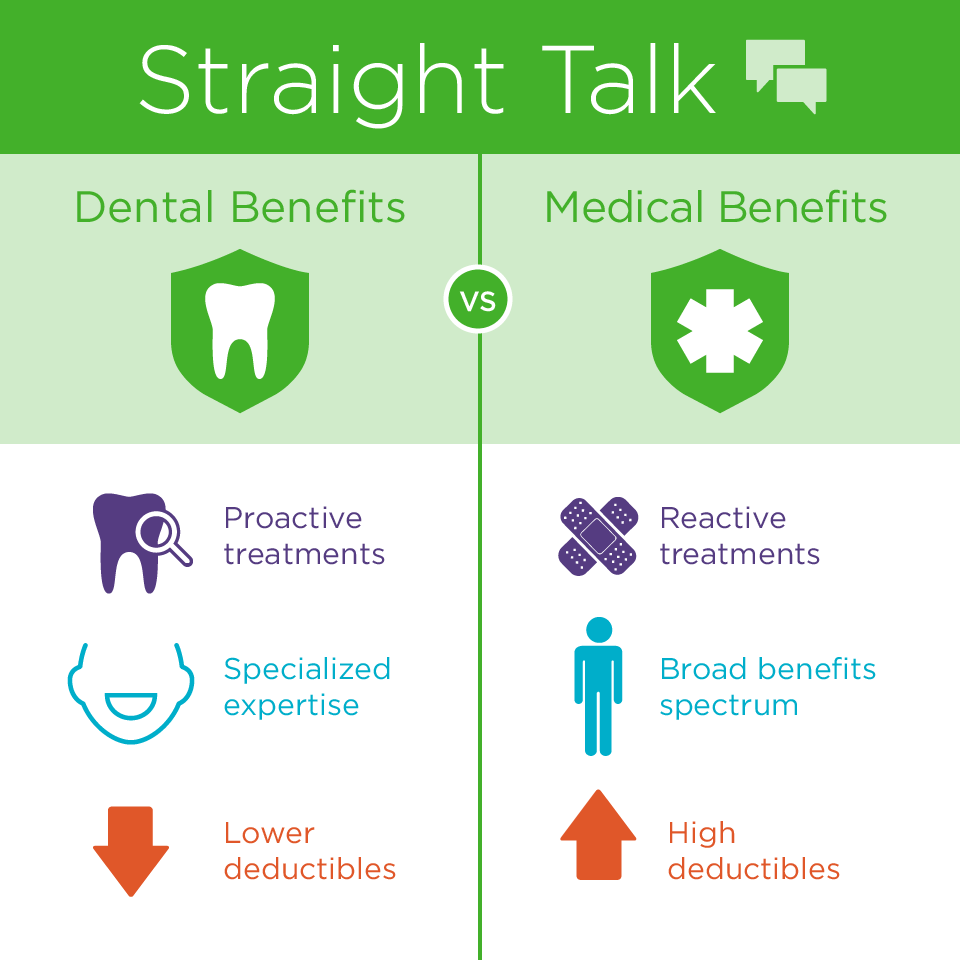The Ultimate Guide To Medicare Advantage Agent
Medicare Advantage Agent Things To Know Before You Get This
Table of ContentsThe Facts About Medicare Advantage Agent RevealedExamine This Report on Medicare Advantage AgentSome Known Incorrect Statements About Medicare Advantage Agent

complies with from confusing the relatively young age profile of the without insurance with the much better health, typically, of more youthful persons. This covers the link between wellness condition and health insurance. For those without access to workplace medical insurance, poor wellness is a potential obstacle to purchasing nongroup insurance coverage since such protection might be highly valued, leave out pre-existing problems, or be just unavailable. The number of uninsured Americans is not especially large and has not changed recently. 7 out of ten respondents in a country wide depictive survey thought that less Americans did not have health and wellness insurance policy than actually do(Fronstin, 1998). Approximately fifty percent(47 percent )thought that the variety of individuals without health insurance policy reduced or continued to be continuous over the latter half of the last decade(Blendon et al., 1999). This decline of almost 2 million in the variety of people 'without insurance coverage (a reduction
of about 4 percent)is definitely a positive adjustment. With a softer economy in 2000 the current reported gains in insurance policy coverage may not continue(Fronstin, 2001 ). The decrease in the variety of without insurance will certainly not proceed if the economy remains sluggish and health treatment costs continue to surpass rising cost of living. This is due to the fact that the information were accumulated for a duration of solid financial performance. Of the approximated 42 million people who were without insurance, almost regarding 420,000(concerning 1 percent)were under 65 years old, the age at which most Americans come to be eligible for Medicare; 32 million were grownups between ages 18 and 65, around 19 percent of all grownups in this age; and 10 million were youngsters under 18 years old, concerning 13.9 percent of all children (Mills, 2000). These quotes of the variety of individuals without insurance are created from the yearly March Supplement to the Current Populace Survey (CPS), carried out by the Demographics Bureau. Unless otherwise kept in mind, nationwide estimates of individuals without medical insurance and percentages of the population with various kinds of coverage are based upon the CPS, the most extensively used source of estimates of insurance policy coverage and uninsurance rates. These studies and the quotes they generate are explained briefly in Table B. 1 in Appendix B - Medicare Advantage Agent. These surveys differ in dimension and tasting approaches, the concerns that are inquired about insurance coverage
10 Simple Techniques For Medicare Advantage Agent
protection, and the time period over which insurance protection or uninsurance is determined(Lewis et al., 1998, Fronstin, 2000a ). Still, the CPS is especially beneficial because it produces yearly estimates relatively promptly, reporting the previous year's insurance policy coverage approximates each September, and since it is the basis for a consistent set of estimates for even more than 20 years, permitting evaluation of patterns in protection in time.

Medicare Advantage Agent Can Be Fun For Anyone
Over a three-year duration beginning early in 1993, 72 million individuals, 29 percent of the united state populace, lacked insurance coverage for a minimum of one month. Within a solitary year(1994), 53 million individuals experienced a minimum of a month without insurance coverage(Bennefield, 1998a). Six out of every ten uninsured grownups are themselves utilized. Functioning does improve the probability that one and one's family members will certainly have insurance policy, it is not an assurance. Also members of family members with two permanent breadwinner have practically a one-in-ten opportunity of being uninsured (9.1 percent without insurance rate)(Hoffman and Pohl, 2000 ). The partnership between medical insurance and access to care is well developed, as recorded later on in this chapter. The partnership in between health insurance and health and wellness results is neither direct nor basic, a comprehensive medical and health solutions research literary works links wellness insurance protection
to improved access accessibility care, better qualityTop quality and improved enhanced and population populace health and wellnessCondition The second report, on personal wellness results for uninsured grownups, is stood for click this link by the innermost circle of the figure, while the third record, on family members wellness, encompasses the topics of the 2nd record yet emphasizes a different device of evaluation, particularly, the family. The sixth record in the series will certainly offer information regarding strategies and efforts taken on locally, statewide, or across the country to address the absence of insurance and its unfavorable influences. Degrees of evaluation for taking a look at the results of uninsurance. This discussion of health and wellness insurance coverage focuses mostly on the U.S. population under age 65 because virtually all Americans 65 and older have Medicare or other public protection.
Furthermore, it focuses specifically on those without any type of wellness insurance coverage for any kind of size of time. The issues encountered by the underinsured are in some areas similar to those dealt with by the uninsured, although they are usually much less severe. Uninsurance and underinsurance, however, entail definitely different policy problems, and the strategies for addressing them might vary. Throughout this research study and the five reports to comply with, the major emphasis gets on persons without any medical insurance and hence no support in paying for healthcare beyond what is offered with my sources charity and safety net organizations. Health insurance is a powerful aspect impacting receipt of treatment because both patients and medical professionals react to the out-of-pocket price of services. Wellness insurance policy, nonetheless, is neither necessary neither enough to get to clinical services. However, the independent and straight impact of health and wellness
insurance protection on access to wellness solutions is well developed. Others will get the healthcare they need also without wellness insurance, by spending for it out of pocket or seeking it from companies who offer treatment totally free or at highly subsidized rates. For still others, medical insurance alone does not make sure receipt of treatment due to various other nonfinancial barriers, such as an absence of health treatment service providers in their area, limited accessibility to transport, illiteracy, or linguistic and social differences. Formal research study regarding without insurance populations in the USA dates to the late 1920s and early 1930s when the Board on the Cost of Healthcare produced a collection of records about financing doctor workplace gos to and hospitalizations. This problem came to be salient as the varieties of medically indigent climbed throughout the Great Anxiety. Empirical researches consistently sustain the web link in between access to care and improved health end results(Bindman et al., 1995; Starfield, 1995 ). Having a routine source of treatment can be considered a forecaster of access, rather than a direct action of it, when health outcomes are themselves used as gain access to indicators. This extension of the notion of accessibility measurement was made by the IOM Committee on Monitoring Access to Personal Wellness Care Provider(Millman, 1993, p. Whether moms and dads are insured appears to affect whether or not their kids get treatment in addition to just how much careeven if the children themselves have protection(Hanson, 1998). The health of parents can impact their capability to look after their youngsters and the level of family tension. Stressing over their youngsters's accessibility to care is itself a resource of stress and anxiety for parents. 3 phases adhere to in this report. Chapter 2 offers a review of exactly how employment-based medical insurance, public programs and private insurance coverage operate and communicate to supply considerable yet incomplete protection of the U.S. population. This consists of an evaluation of historical fads and public laws impacting both public and personal insurance policy, a discussion of the interactions among the various sorts of insurance, and an evaluation of why individuals relocate from one program to an additional or finish up
